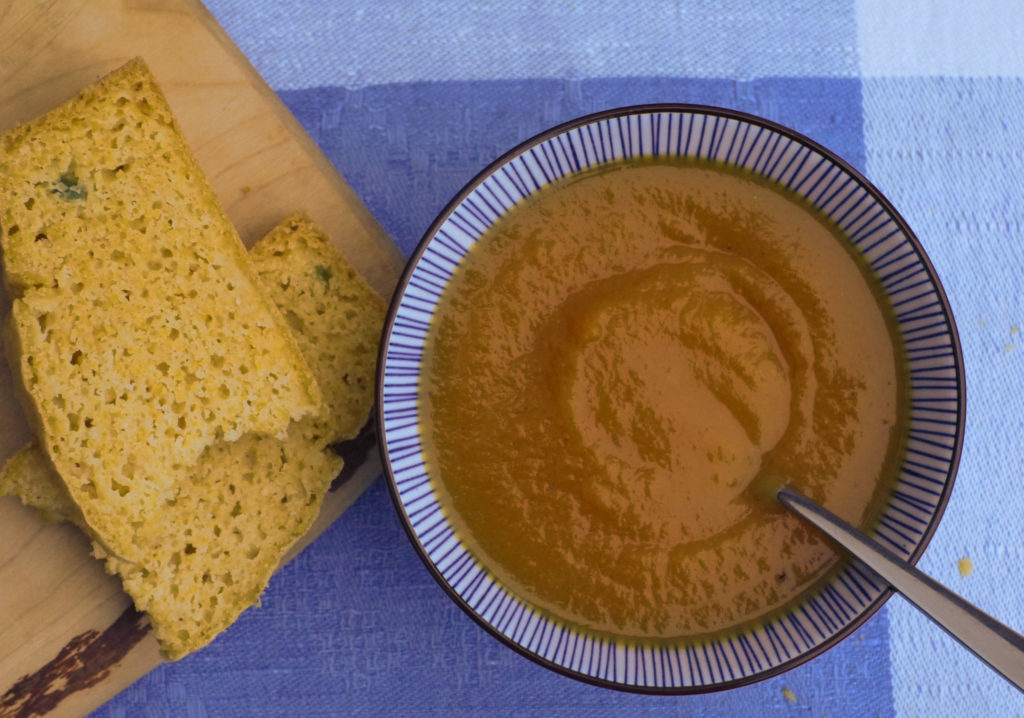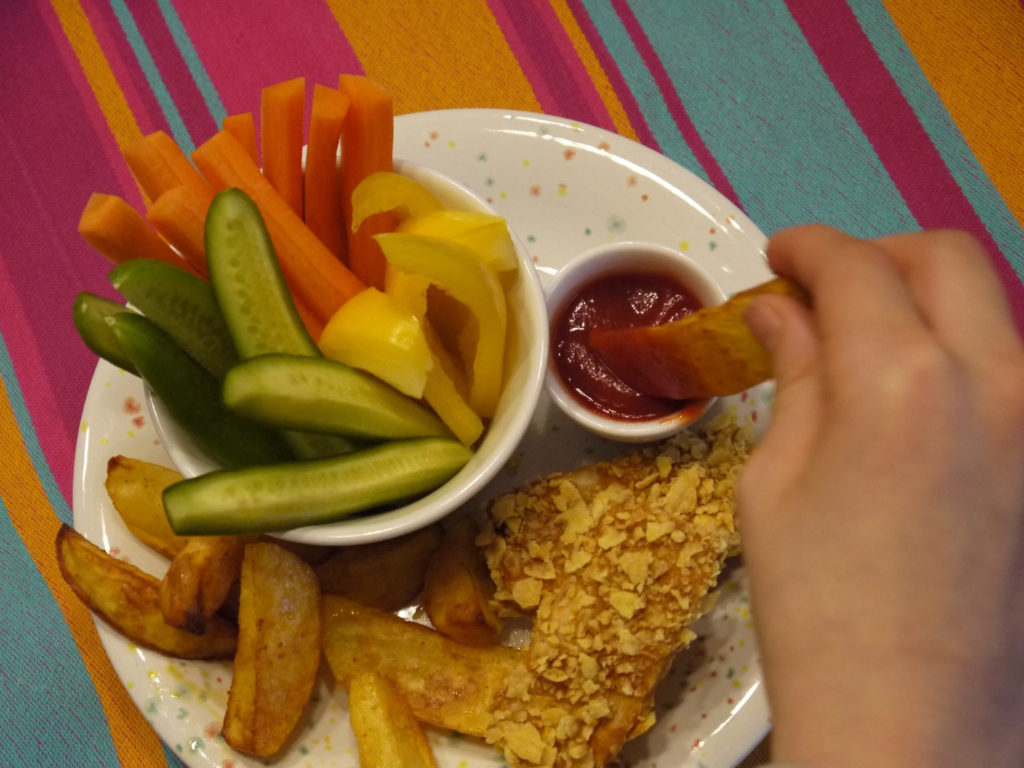It would not be possible to cook some of Linda’s recipes without a good shortcrust pastry. I found it very tricky to create a good gluten-free shortcrust pastry- in some cases the pastry was too soft and would literally melt into the pie filling. In other cases it was too flaky and could not be removed from the pie dish. Blind-baking proved difficult, too, as some pastry would stick to the greaseproof paper, making it impossible to remove the paper without destroying the pastry.
So I have been experimenting for a while and have come up with a recipe that seems to be working well for both sweet and savoury shortcrust pastry. I think it is most important to get the flour mix right and to add some ingredients that will bind the dough and make it supple and easy to work with.
Using one egg as a binder works great, but if you want a vegan shortcrust pastry, omit the egg and use more plant-based yoghurt or one tbsp. ground flaxseeds and 2 tbsp. cold water.
Ingredients (for one pie dish; double the amount for a two-crust pie):
100g hard margarine or vegetable suet
(I used organic margarine from Allsan),
100g soya flour (try roasted soya flour for a savoury pie to add more flavour),
100g gluten-free flour (I used Plain White Flour from Doves Farm),
1tsp. xanthan gum,
2tsp. psyllium husks,
a good pinch of salt (for sweet pastry, use a small pinch of salt and 1 tbsp. sugar),
1 egg, beaten,
1 tbsp. plant-based yoghurt (amount varies as the flour tends to absorb different quantities of liquid, depending on quality, ingredients and humidity).
Method:
Cut the margarine into small pieces and place into a mixing bowl. Add the flours, xanthan, psyllium husks, and salt (and sugar for sweet pastry) and rub together using your fingertips. It should resemble fine breadcrumbs. Now add the beaten egg and quickly work together to form a supple dough. Add as much yoghurt as needed to make the dough soft enough to be rolled out but not sticky. Roll the dough into a fat saussage shape and store for at least half an hour in an airtight container in the fridge.
To line the pie dish, I find it easiest to use the saussage-shaped dough. Slice the dough into 1.5 cm thick rounds and line the greased pie dish with the slices, overlapping slightly at the sides. Using your fingers, press down the slices so they will spread out to cover the whole pie dish. If you have the time, refrigerate the lined pie dish for another half hour or put into the freezer for 15 minutes. This will help the dough to not sink down at the sides when baking.
Line the inside of the pastry shell with greaseproof paper, gently press to the sides, and fill with dried beans or rice. Blind-bake in a pre-heated oven at 180°C for about 15 minutes until the pastry starts to colour a little. Remove from the oven and take out the beans or rice and the paper (if you are really good with your hands, you can take the edges of the paper and carefully lift out the paper filled with the beans/rice. It might be safer to spoon out the beans/rice and then remove the paper, though…).
Add your filling and continue baking according to the recipe.


